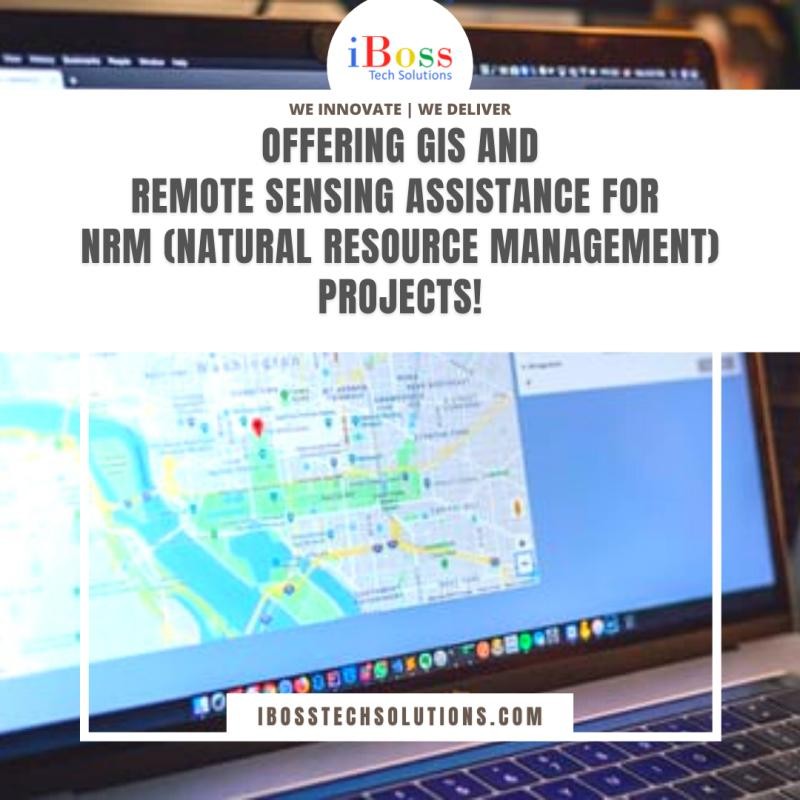Natural Resource Management (NRM) is crucial for the sustenance of the planet. It is required for the economic growth of the region too. The truth is that man has for centuries tried different ways to manage natural resources. Some have remained with us, and some have become redundant over a period. Advancement in the field of IT has made an impact on NRM.
The latest talk of the town in the domain of forestry and NRM is GIS and remote sensing. For example, vegetation mapping is an example here data collected via an advanced Geographic Information system. The data collected via remote sensing technologies like UAVs (Unmanned aerial vehicles) and satellites revolutionize image analysis. Advanced algorithms like CNN (Convolutional Neural Networks) enable high-resolution multiple-spatial and multi-spectral image capturing and analysis.
The latest technology with the inclusion of Artificial Intelligence helps in the development of a large number of maps. Some of the common ones that are incredibly beneficial these days are geology maps, soil maps, vegetation maps, and land-cover maps. Data is collected via aerial and satellite photography. The images obtained from the latter are more detailed and when combined with topographical maps, for better decision-making.
The areas that utilize GIS Data are – forest management, desert management, and managing flora and fauna of protected areas.
- Forest management – In this domain, remote sensing technology help collect data and information regarding forest cover. Forest officials can cache data and conclude about human encroachment issues in the forest and the desert areas, details of the forest cover, type of forest, etc. Any data that helps forest officials and researchers stay on top of the conditions of the area is derived from GIS technology. This data helps the administrators make critical decisions and prepare strategies and policies to help protect forests. This kind of data supports the government and relevant authorities in ensuring that forest resources are being utilized optimally and sustainably. Automation neutralises the chances of human errors and the negligence thereby enables timely and accurate reporting to the decision makers.
- Desert Management – Data from geospatial technologies help understand the type of soil of a given zone and vegetation and nutrients availability. It lets the concerned authorities know the different land practices that are being followed with valuable data to researchers. Such data is helping authorities understand the impact of various practices on the environment of the area. Also, a major and vital issue is encroachment. Based on the data obtained from GIS is used to decide on the right and effective way to handle the situation.
- Managing flora and fauna of protected areas – Biodiversity management is a critical area of concern too. Remote sensing techniques are used for determining vegetation distribution in the ecosystem. The method is used for understanding the presence of invasive species in the site. The data gives the researchers and authorities an estimate of the food present for herbivores for consumption during the year. The technique is also used during an animal census. The emphasis is to understand if there is enough water and food for the fauna in a given ecosystem. The data helps in the resolution of human civilization and wildlife conflicts.
The use of remote sensing technology has become necessary with the rise in the human population, causing stress on Earth’s other inhabitants and automation catalyzes the processes and workflows making the GIS more efficient. Moreover, when accompanied with artificial intelligence, the effectiveness boasts up with better accuracy.
With the automation solutions provided by iBoss, the tasks and the process of GIS, as well as remote sensing, can be simplified and made convenient to achieve the goal of input, manipulate and access the spatially distributed data.

Share your views with us by writing to us at info@ibosstechsolutions.com and also, visit at www.ibosstechsolutions.com.


